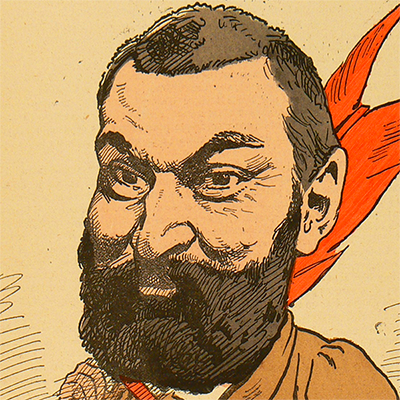[O]ver two-thirds of the railways of the world belong to private companies. Moreover, of the 24,500 miles of railway belonging to the state of British India, 18,000 miles are operated by private companies. In Holland all the lines are operated by companies. In Belgium the tramway lines are longer than the state railways, and they are operated by private companies. Lines in Great Britain, which have three, four, or even more tracks, are included in these figures on the line and not the track basis. The total length of line is 23,287 miles. The length of main track, however, is 39,851 miles, and of main track and sidings, 54,311 miles.
The greatest system in the world, that of the United States, is owned by private companies. Mr. Bryan, on returning from Europe in 1903, introduced nationalization of railways into his platform, without informing any of the members of the Democratic party of his intention. This brilliant inspiration helped to destroy his chances for the presidency.
The operating ratios suffice to show that superior administrative capacity is not to be found on the side of the several states which exercise it in this direction.
Yves Guyot, Where and Why Public Ownership Has Failed, Book II: Financial Results of Government and Municipal Ownership; Chapter IX, Public vs. Private Operation” (American edition, 1913).
